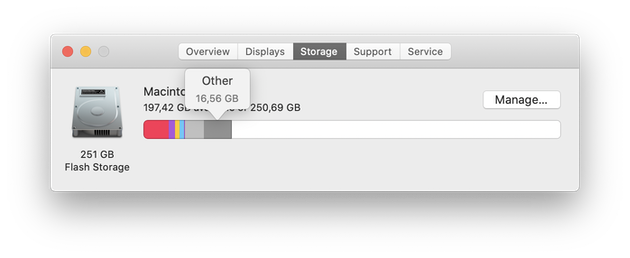Apps Quit Unexpectedly Mac Wont Open
Launch Activity Monitor (you can find it by using Spotlight Search with the keyboard shortcut Command-Space). In this window, select Finder and click Quit Process. Finally, relaunch Finder and see if the problem has been solved.
Over the last few weeks, many Mac users have discovered that attempting to launch some apps obtained from the Mac App Store fails, with the apps immediately crashing and thereby failing to open in Mac OS X. Typically you’ll see the app icon appear for a fraction of a second in the Dock, then disappear. Quit the Mail app, then reopening it while holding the Shift key on the left-hand side of your keyboard. Restart your Mac by clicking the Apple menu and selecting 'Restart.' From the drop down. Test to see if the Mail app quits in safe mode. How to Quit Apps in macOS. If you want to actually close an application, click File Quit in the menu bar, or press Cmd+Q while using the application. It’s that simple. It will take a bit of getting used to at first, but soon this will become second nature. Alternatively, you can right-click its dock icon, then click “Quit”. When an app crashes, you’ll typically see a dialog box that says the software “unexpectedly quit” and you’ll have several options to deal with it, including “Relaunch”. Give that a click and cross your fingers that the crash doesn’t happen again. Oftentimes, you’re good from there.
Sometimes Safari browser quit unexpectedly or not responding while using it? There are many reasons to have this issues and one of the reason is third-party add-ons software. Those third-party add-ons cause safari to quit unexpectedly or stop responding. Then what can we do to resolve this issue?
Here is the solution! follow this steps below.
01. Deactivate third-party add-ons
It’s happening due to third-party add-ons, therefore those add-ons are needed to be removed.
Step 01. Go to “Preferences”.
Step 02. Go to “Security” and deselect the box to “Allow Plug-ins”
02. Resetting Safari
Step 01. Go to “Reset Safari”.
02. “Check” all the boxes and click on “Reset”. (Note: It’s erasing all the previous website histories and passwords that is saved.)
03. Uninstalling third-party add-ons manually
If the third-party add-ons on your computer doesn’t have an uninstall feature, you should remove them manually. These files are usually located in following folders below:
/Library/Internet Plug-Ins/
/Library/Input Methods/
/Library/InputManagers/
/Library/ScriptingAdditions
~/Library/Internet Plug-Ins/
~/Library/Input Methods/
~/Library/InputManagers/
~/Library/ScriptingAdditions
(Note: The first four locations listed are in the root-level Library on your hard disk, not the user-level Library in your Home folder.)
(Note: The tilde (~) represents your Home folder.)

To quit (close) a Mac app normally, choose Quit from the app's menu in the menu bar, or press Command (⌘)-Q. If the app doesn't quit, follow these steps to force the app to quit.
How to force an app to quit
Press these three keys together: Option, Command, and Esc (Escape). Or choose Force Quit from the Apple menu in the upper-left corner of your screen. (This is similar to pressing Control-Alt-Delete on a PC.)
App Not Opening On Mac
Then select the app in the Force Quit window and click Force Quit.
You can even force the Finder to quit, if it stops responding: Select Finder in the Force Quit window, then click Relaunch.
Learn more
Word Quit Unexpectedly Mac
How to force an app to close on your iPhone, iPad, or iPod touch.